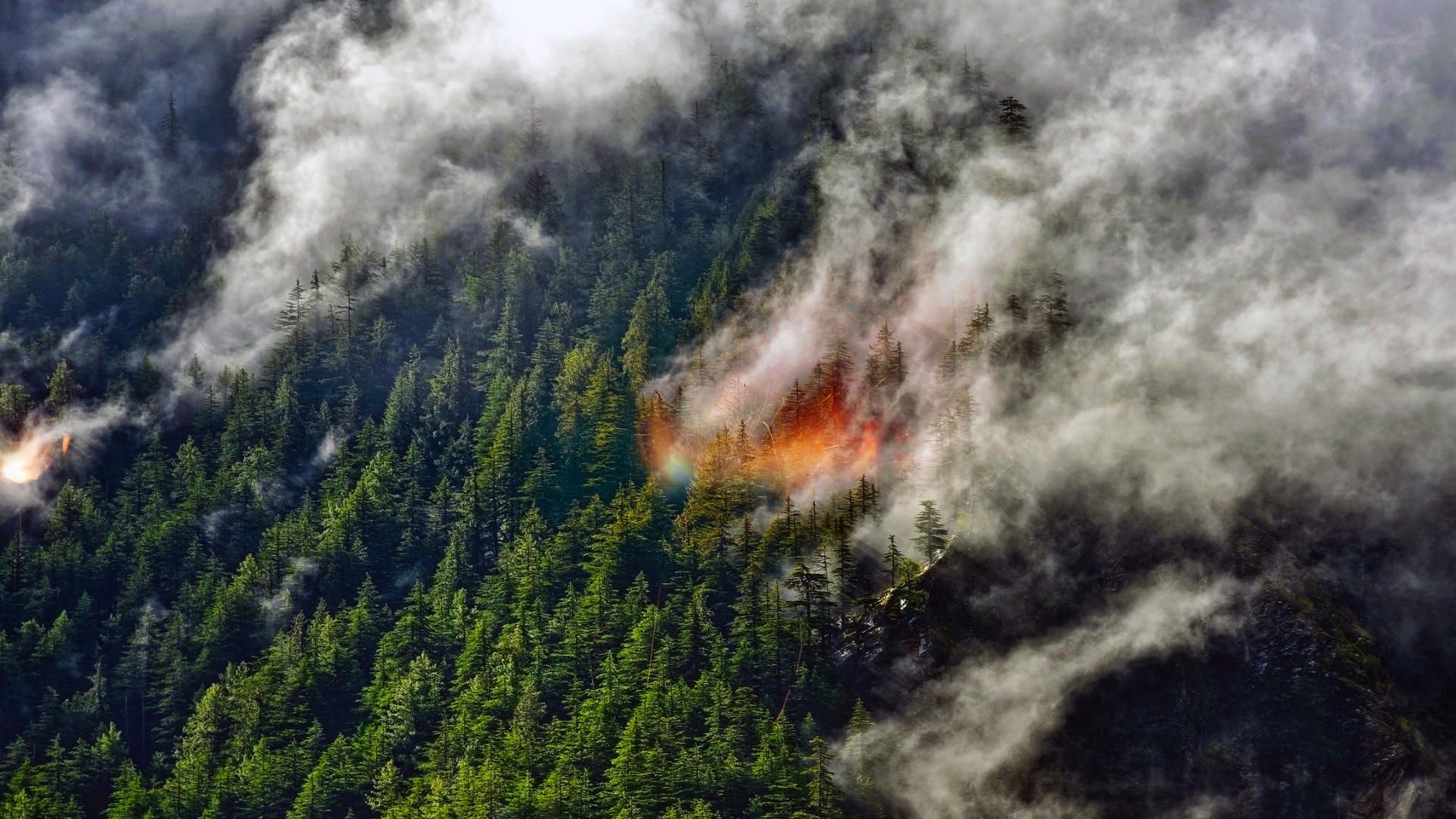Alternatives to Landsat Satellite Imagery Still a Challenge
More than a year after a government land remote sensing satellite was crippled by technical malfunctions, users of the data it produces are still searching for adequate alternatives, industry officials said. While the loss of the data provided by the Landsat 7 satellite has created new business opportunities for commercial satellite imagery providers, some heavy users of Landsat imagery are measuring their revenue losses by the millions.
The U.S. government has been collecting land remote sensing data for more than 30 years, but the latest spacecraft for collecting this information, Landsat 7, suffered a permanent sensor glitch in May 2003 that has left gaps in the data. The 20-year-old Landsat 5 spacecraft also continues to collect data, but its capacity has greatly diminished.
"We are struggling to cover the Landsat 7 gap," Roger Mitchell, vice president of program development for Earth Satellite Corp. (EarthSat) of Rockville, Md. "It has cost our company millions of dollars, and it has cost government users millions of dollars as they spend more on other sources of data."
The loss of Landsat 7 created an almost immediate drag on EarthSat's revenues, as the company had to halt work on several projects because the increased cost of collecting raw data drove up the overall cost of the projects, Mitchell said.
Landsat 5 and Landsat 7 still work reasonably well for some applications. However, you now need twice as much imagery to fill in the gaps in the Landsat 7 data, Mitchell said. "We have workarounds, but they are difficult and more expensive," he said.
The companies pushing their data as an alternative to Landsat include Space Imaging, which markets imagery collected by Indian government satellites, and France's Spot Image, which operates the Spot series of spacecraft.
Space Imaging, based in Thornton, Colo., has developed a new line of products based on imagery collected by India's Resourcesat-1 satellite, which was launched in October 2003. The spacecraft carries three cameras that can collect imagery with 5.8-meter resolution, 23-meter resolution and 56-meter resolution.
Breaking space news, the latest updates on rocket launches, skywatching events and more!
Joe Dodd, vice president of federal sales for Space Imaging, said the company has been in discussions with U.S. government civil agencies and commercial customers that have been significant Landsat users. "A lot of the civil agency customers have found that with the current impediments, Landsat data is of limited use and for some, not usable at all," he said.
The first delivery of Resourcesat data in the United States was 146 scenes collected in August for the U.S. Department of Agriculture's National Agriculture Statistics Service. The service previously used Landsat 5 and Landsat 7 data to help provide acreage estimations for major commodities planted in the United States, but has dropped Landsat 7 due to the glitch, said Rick Mueller, section head in the service's research development division.
The service will study the Resourcesat data to see if it can become a regular replacement, Mueller said. "We're expecting good results with this data," he said. "We love the frequent coverage. We love the large area, and it has the right bands for our needs. I think everyone will be pleasantly surprised by this."
Space Imaging estimates it may be able to derive about $10 million per year in revenues from Resourcesat through sales and direct downlink agreements, Dodd said.
EarthSat also is talking to Space Imaging about using Resourcesat-1 data, Mitchell said. "We're going to see if it can help us get back some of our clients," he said. "We hope they will rethink and redo their projects. It has potential to replace about 50 percent of the business we lost."
Spot Image Corp., the U.S. marketing arm of Spot Image, also hopes to capture some additional revenue due to the Landsat problems, Clark Nelson, senior director of marketing at Spot Image of Dulles, Va., said. "The problems with Landsat have inadvertently opened up a whole new world for them," he said.
Ducks Unlimited, a non-profit conservation group based in Memphis, Tenn., is one organization that has gone from Landsat to Spot, Darin Blunck, remote sensing manager for Ducks Unlimited, said. The group uses satellite imagery to monitor and restore wetlands and North American waterfowl habitats, he said.
"In the past, Landsat had been a very good tool for doing land cover estimates," Blunck said. "With its problems, we've had to look for different solutions." The organization's four regional offices spend from $30,000 to $40,000 each per year on satellite imagery.
"The loss of Landsat definitely has changed the way we look at the remote sensing world," Blunck said. "It was very easy and low-cost to get vast areas of world covered with Landsat. Now the paradigm has changed a little bit. We get coverage with more frequency, but on a smaller scale. We're spending the same amount of money, and we're getting better spatial resolution, but a smaller footprint. So there are tradeoffs."
Ducks Unlimited will continue to use Spot, and also will evaluate Resourcesat-1, Blunck said. But the organization wants an operational Landsat sensor back in orbit. "We're pretty happy with the operational end of the Spot data we've been doing, but it's limiting in some sense," he said. "You can't do vast regional land covers cost effectively. So we'll probably end up using both Spot and Landsat."
Nelson said customers have passed on Spot imagery due to price, but Spot still expects to see its revenues grow by "hundreds of thousands" of dollars due to the Landsat problems.
Jason is a former contributor to SPACE.COM where he covered satellites, space exploration, human spaceflight, and the International Space Station. Since 2021, he has been Senior Technical Writer and Editor in the Office of Legislative and Public Affairs, National Science Foundation/FedWriters. Prior to that he was the Media Communications Manager for Intelsat from 2011 to 2019 developing media strategy and outreach content to support corporate goals.
